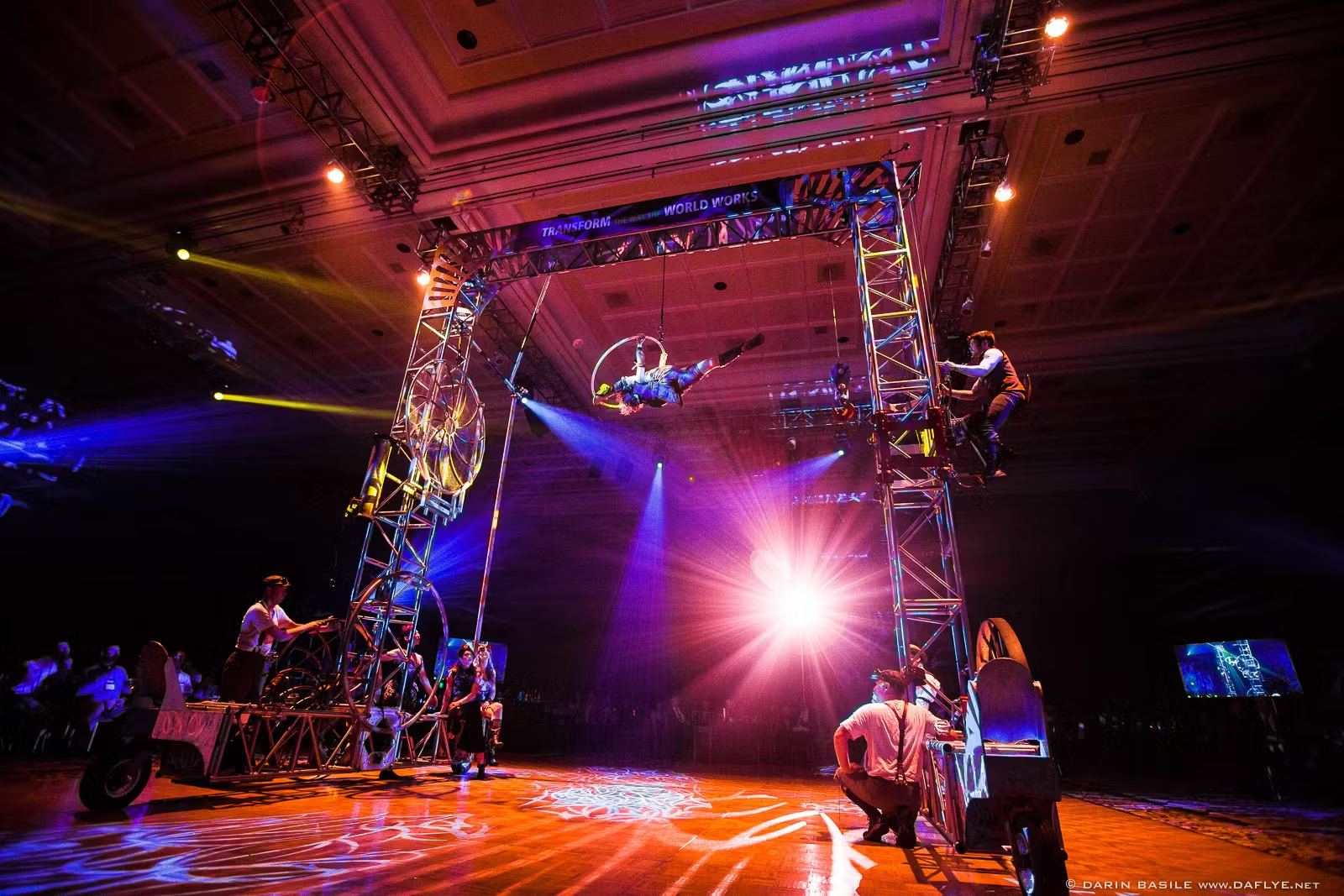Introduction: Two Minds in One Machine
Imagine a pianist on stage. Her fingers dance over the keys instinctively, guided by muscle memory and rhythm. Yet, before the concert began, she spent hours planning every note, anticipating audience reactions, and adjusting her pace. These two modes—reflex and reflection—don’t compete; they cooperate. In the world of artificial intelligence, the same duality exists between reflexive systems, which respond instantly to stimuli, and deliberative systems, which pause to think before acting. Together, they form the foundation of how intelligent agents balance speed and thoughtfulness—a concept explored deeply in an Agentic AI course.
Reflexive Systems: The Lightning Reflexes of Machines
Reflexive systems are the sprinters of artificial intelligence. They thrive on immediacy—quick reactions based on hard-coded rules or direct mappings from inputs to outputs. Like a thermostat turning on the heater when the temperature drops, reflexive agents act without pausing for contemplation. Their strength lies in consistency and reliability; their decisions are often critical in time-sensitive environments, such as robotic control or embedded systems, and are predictable and fast.
Imagine a self-driving car that detects an obstacle and slams the brakes instantly. There’s no time for deliberation; milliseconds matter. Reflexive systems embody this instinctive reaction—rules etched into their logic that mirror biological reflexes. However, this same immediacy can be their weakness. Without understanding context, a reflexive agent can make decisions that seem irrational when the environment changes. The world rewards adaptability, not rigidity—a limitation that pushes researchers and students alike, especially in an Agentic AI course, to study more reflective models.
Deliberative Systems: The Thoughtful Strategists
Where reflexive systems are sprinters, deliberative systems are marathoners. They pause, observe, and plan before moving. These agents maintain internal models of their world, simulating future states before taking action. It’s as if a chess player examines every possible move several turns ahead, weighing risks and opportunities before making a decision. This process—planning and search—transforms a simple reaction into reason.
Deliberative agents use algorithms that mimic human foresight, including goal decomposition, heuristics, and predictive modelling. They can adapt to new environments because they understand “why” rather than just “when.” Yet, this thoughtfulness comes at a price—time. In fast-changing situations, too much deliberation can lead to paralysis. The art lies in balancing planning depth with response speed, much like balancing instinct with intellect in human behaviour.
Bridging Reflex and Reflection: The Hybrid Mind
In nature, intelligence thrives on harmony between instinct and reasoning. A cat doesn’t stop to calculate before jumping—it reacts—but it also learns from experience to refine its leaps. AI systems mirror this hybrid approach through architectures that combine reflexive layers with deliberative cores. Reactive mechanisms handle immediate threats, while higher-level reasoning systems refine long-term goals.
This hybrid design powers autonomous robots, conversational agents, and intelligent simulations. For example, a warehouse robot might use reflexive rules to avoid collisions but a deliberative planner to optimise delivery routes. It’s not simply about speed versus thought—it’s about precision through partnership. The modern AI landscape increasingly celebrates systems that can switch between both modes seamlessly, capturing the best of both worlds.
The Cognitive Architecture Behind the Scenes
Delving deeper, reflexive and deliberative systems represent distinct cognitive architectures within AI. Reflexive systems often use subsumption architectures—layered networks where low-level behaviours dominate under urgency. Deliberative systems, on the other hand, rely on symbolic reasoning, belief-desire-intention (BDI) models, or state-space search. Each layer contributes to a spectrum of intelligence—reflex providing survival, deliberation giving strategy.
In research and application, designing such architectures requires a deep understanding of perception-action loops, temporal logic, and decision hierarchies. Students exploring these nuances in an Agentic AI course learn how to encode not just reaction but reflection—how to build agents that can shift from autopilot to awareness. The challenge isn’t just technical; it’s philosophical: what does it mean for a machine to “choose” rather than “react”?
When Reflex Fails and Reason Prevails
Reflexive systems shine in predictable worlds, but real-world environments are rarely static. A hard-coded drone may respond ideally to clear skies but falter in sudden wind gusts. Deliberative systems, equipped with models of uncertainty, can adapt to such disruptions by recalculating paths or re-evaluating goals. Conversely, when deliberation takes too long—say, in medical robotics or real-time gaming—reflexive modules safeguard against fatal delays.
This interplay highlights a timeless principle: intelligence isn’t only about reasoning—it’s about responding effectively to the demands of the moment. Future AI systems must learn when to trust instinct and when to invoke introspection, a theme resonant with human cognition itself.
Conclusion: The Harmony of Speed and Thought
The story of reflexive and deliberative systems is not a competition but a collaboration. One acts in the blink of an eye; the other reflects before acting. Together, they form a symphony of perception and planning—a dance between immediacy and insight. As AI continues to evolve, the most promising advances will emerge not from choosing one over the other, but from integrating both into cohesive, adaptive architectures.
In that balance lies the true essence of intelligence—artificial or otherwise—a balance that echoes every time a pianist plays by instinct yet interprets by design.



